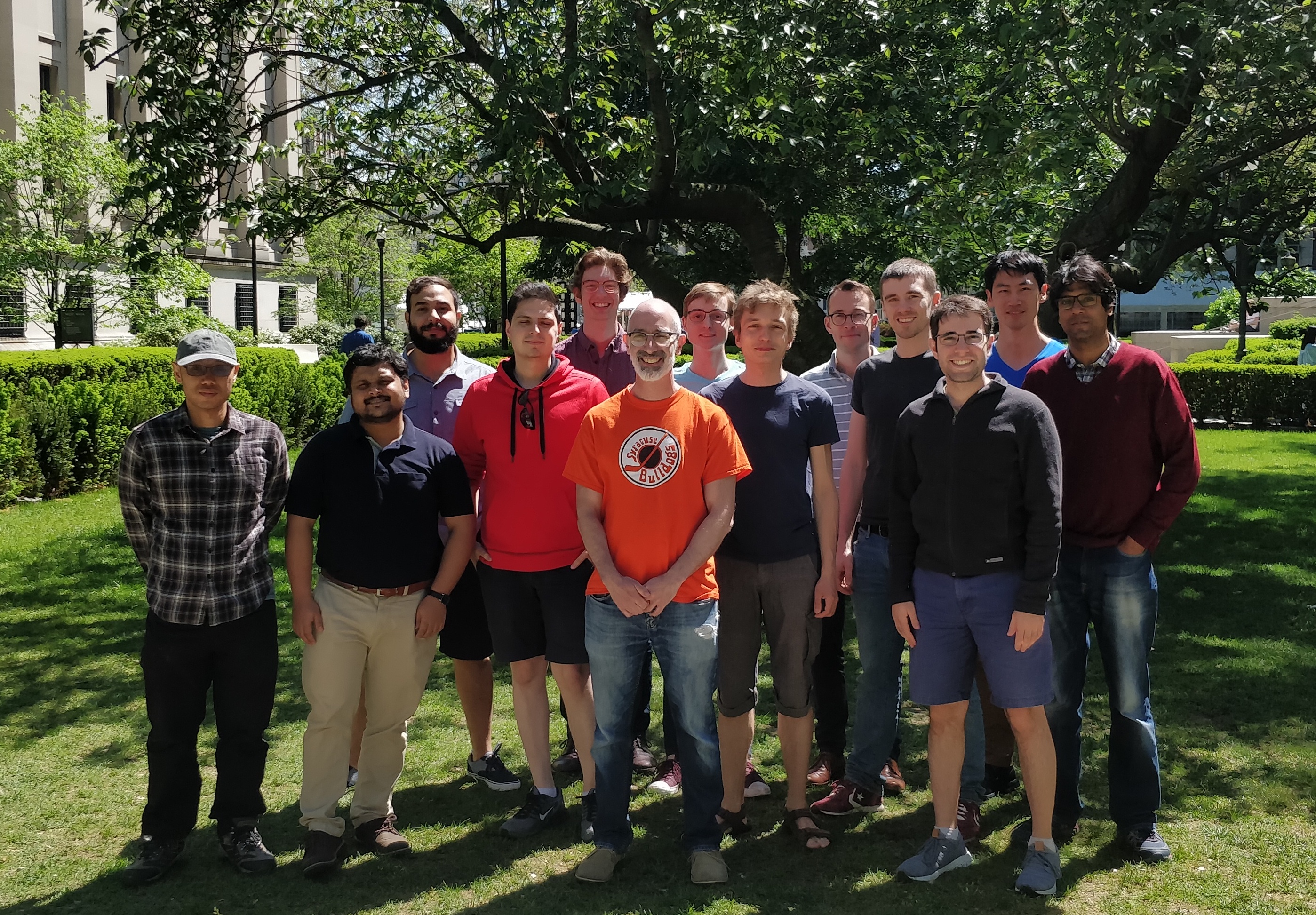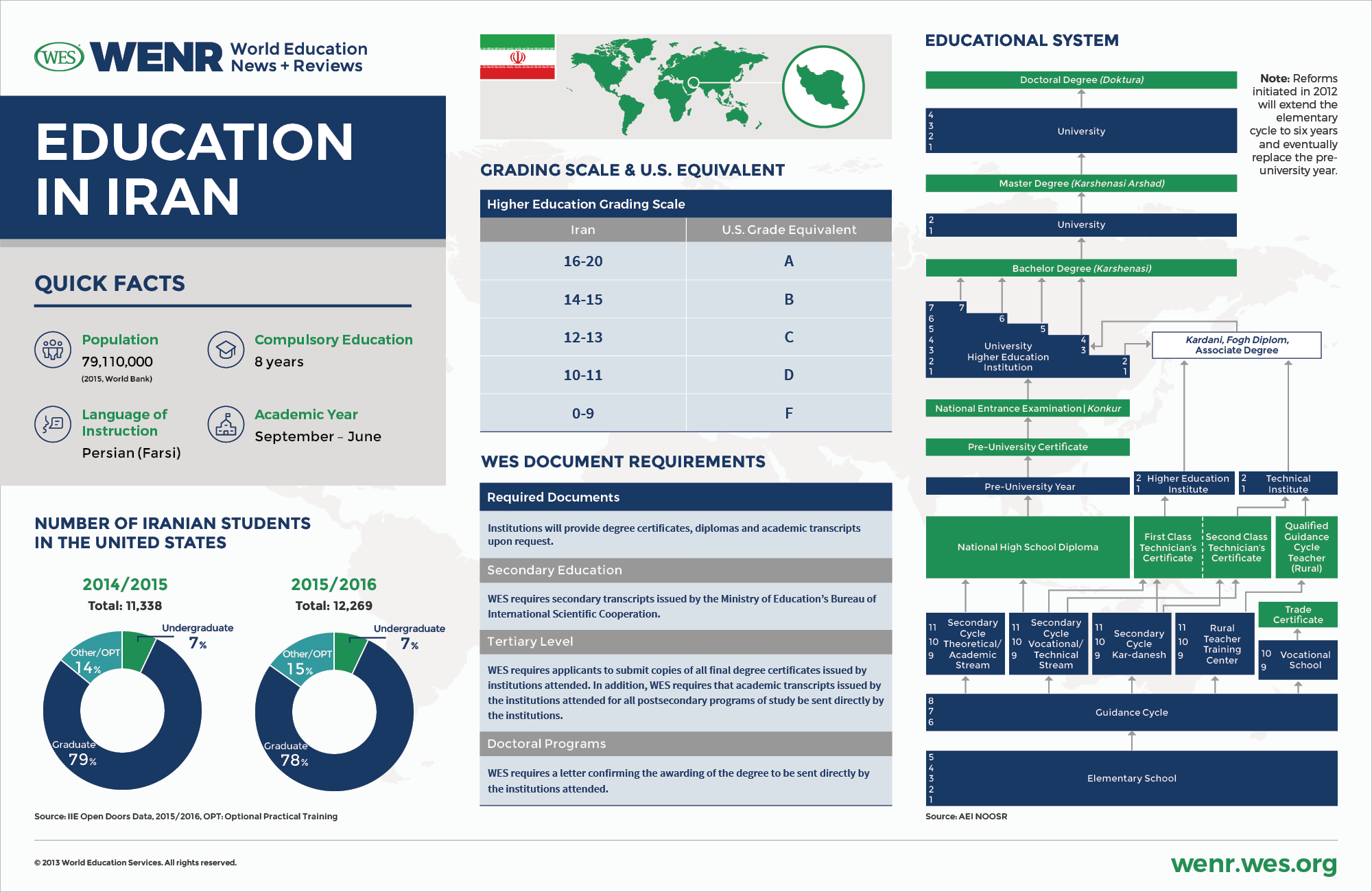Impact of Effluents on Water Quality and Benthic.
Aquatic plants are plants that have adapted to living in aquatic environments (saltwater or freshwater).They are also referred to as hydrophytes or macrophytes to distinguish them from algae and other microphytes. A macrophyte is a plant that grows in or near water and is either emergent, submergent, or floating.Marine Biological Valuation of the Belgian Coast - Lia Laporta - Master's Thesis - Biology - Miscellaneous - Publish your bachelor's or master's thesis, dissertation, term paper or essay.Macrobenthos is benthic organisms greater than about 1 mm in size. It make macrobenthos is the largest of benthos herd. Macrobenthos comprises the larger, visible to the naked eye. Some examples are polychaete worms, bivalves, echinoderms, sea anemones, corals, sponges, sea squirts, turbellarians and larger crustaceans such as crabs, lobsters.
An aquatic animal is an animal, either vertebrate or invertebrate, which lives in the water for most or all of its lifetime. Many insects such as mosquitoes, mayflies, dragonflies and caddisflies have aquatic larvae, with winged adults.Aquatic animals may breathe air or extract oxygen that dissolved in water through specialised organs called gills, or directly through the skin.Sampling Procedure and Macrobenthos analysis: Benthic sediment samples were collected between the hours of 8.00a.m and 9.00a.m by means of boat cruises in sample stations within the reservoir while stations outside the reservoir did not require the use of a boat. Sampling was carried out weekly and.
Diversity of testacean Protozoa in River Tisza after a cyanide and metall pollution at the beginning of year 2000. Preliminary study.











